No products in the cart.
Smart Packaging for Devices: Innovative Design Trends
-
By: Caroline Ray
-
January 27, 2025
Could your smart device’s packaging be just as intelligent as the device itself? As technology rapidly evolves, so does the way we package and protect these sophisticated gadgets. Smart packaging isn’t just about aesthetics anymore; it’s a fusion of breakthrough materials, eco-friendly designs, IoT integration, and interactive features that redefine consumer experiences. This article explores the latest innovative design trends making waves in the packaging industry. Discover how these advancements ensure product safety, enhance customer engagement, and set new standards for sustainability and efficiency. Dive into the future of packaging that’s not just smart but innovative and thoughtful.
 The integration of IoT technologies in smart packaging is revolutionizing the way products are monitored and managed. IoT-enabled packaging incorporates embedded sensors that provide real-time data on various product conditions, such as temperature, humidity, and freshness. This capability not only ensures product quality and safety but also extends shelf life by allowing for timely interventions. By continuously tracking these parameters, businesses can maintain optimal conditions throughout the supply chain, enhancing transparency and reducing inefficiencies. Technological integration in packaging is becoming indispensable for companies aiming to optimize operational efficiency and deliver a seamless consumer experience.
The integration of IoT technologies in smart packaging is revolutionizing the way products are monitored and managed. IoT-enabled packaging incorporates embedded sensors that provide real-time data on various product conditions, such as temperature, humidity, and freshness. This capability not only ensures product quality and safety but also extends shelf life by allowing for timely interventions. By continuously tracking these parameters, businesses can maintain optimal conditions throughout the supply chain, enhancing transparency and reducing inefficiencies. Technological integration in packaging is becoming indispensable for companies aiming to optimize operational efficiency and deliver a seamless consumer experience.
Eco-friendly packaging initiatives directly respond to consumer preferences for sustainability, as today’s consumers are increasingly driven by the ethical practices of the brands they support. These initiatives foster brand loyalty and can significantly influence purchasing decisions. By integrating sustainable practices into their packaging designs, companies not only contribute to environmental conservation but also differentiate themselves in a competitive marketplace, meeting the growing demand for responsible and conscious consumption.
 Interactive features in smart packaging are revolutionizing how consumers engage with products. By incorporating technologies like augmented reality and gamification, packaging becomes more than just a protective shell; it transforms into an engaging platform that enhances the consumer experience and adds value to the product. These smart packaging features not only attract attention on shelves but also facilitate a deeper connection between brands and consumers.
Interactive features in smart packaging are revolutionizing how consumers engage with products. By incorporating technologies like augmented reality and gamification, packaging becomes more than just a protective shell; it transforms into an engaging platform that enhances the consumer experience and adds value to the product. These smart packaging features not only attract attention on shelves but also facilitate a deeper connection between brands and consumers.
 The global smart packaging market, poised to reach $52.9 billion by 2025, is driven by a compound annual growth rate of 5.3%. What factors are driving this growth? The increasing demand for convenience, sustainability, and technological advancements. These dynamics are propelling the integration of innovative technologies into packaging solutions for smart devices. IoT technology, for example, is enabling real-time monitoring and communication, ensuring product safety and operational efficiency. As consumer expectations evolve, the demand for packaging that not only protects but also enhances the user experience is becoming paramount. Companies are responding by incorporating features that cater to eco-conscious consumers and tech-savvy users alike, marking a shift towards more intelligent and sustainable packaging designs.
The global smart packaging market, poised to reach $52.9 billion by 2025, is driven by a compound annual growth rate of 5.3%. What factors are driving this growth? The increasing demand for convenience, sustainability, and technological advancements. These dynamics are propelling the integration of innovative technologies into packaging solutions for smart devices. IoT technology, for example, is enabling real-time monitoring and communication, ensuring product safety and operational efficiency. As consumer expectations evolve, the demand for packaging that not only protects but also enhances the user experience is becoming paramount. Companies are responding by incorporating features that cater to eco-conscious consumers and tech-savvy users alike, marking a shift towards more intelligent and sustainable packaging designs.
Innovations in Smart Packaging Materials
Innovative materials are reshaping smart packaging by improving sustainability and safety. These materials are designed to respond actively to their environment, extending product shelf life and ensuring consumer safety. As the demand for greener solutions grows, the packaging industry is increasingly adopting these new materials to meet both ecological and functional requirements.- Biodegradable materials: Break down naturally, reducing landfill waste.
- Compostable materials: Decompose into nutrient-rich compost, aiding environmental health.
- Antimicrobial coatings: Inhibit bacterial growth, enhancing product safety.
- Oxygen scavengers: Absorb excess oxygen, preserving product freshness.
- Water-soluble films: Dissolve in water, minimizing waste impact.
- Edible packaging: Provides an eco-friendly alternative by being consumable.
Integration of IoT Technologies in Smart Packaging
 The integration of IoT technologies in smart packaging is revolutionizing the way products are monitored and managed. IoT-enabled packaging incorporates embedded sensors that provide real-time data on various product conditions, such as temperature, humidity, and freshness. This capability not only ensures product quality and safety but also extends shelf life by allowing for timely interventions. By continuously tracking these parameters, businesses can maintain optimal conditions throughout the supply chain, enhancing transparency and reducing inefficiencies. Technological integration in packaging is becoming indispensable for companies aiming to optimize operational efficiency and deliver a seamless consumer experience.
The integration of IoT technologies in smart packaging is revolutionizing the way products are monitored and managed. IoT-enabled packaging incorporates embedded sensors that provide real-time data on various product conditions, such as temperature, humidity, and freshness. This capability not only ensures product quality and safety but also extends shelf life by allowing for timely interventions. By continuously tracking these parameters, businesses can maintain optimal conditions throughout the supply chain, enhancing transparency and reducing inefficiencies. Technological integration in packaging is becoming indispensable for companies aiming to optimize operational efficiency and deliver a seamless consumer experience.
Benefits of IoT Integration
IoT integration in packaging offers several crucial benefits. Real-time monitoring allows businesses to make informed decisions quickly, minimizing risks associated with product spoilage or contamination. The transparency provided by IoT technologies significantly improves supply chain management, enabling rapid identification and resolution of issues, thus ensuring product integrity and consumer safety. Several companies are harnessing IoT-enabled packaging to boost consumer engagement and trust. For example, a leading beverage company employs IoT sensors to monitor the freshness and temperature of their products during transit, ensuring that consumers receive their beverages in optimal condition. This transparency is communicated through smart labels or QR codes, which customers can scan to access detailed product histories and freshness data. Another example is a food delivery service that uses IoT technology to track the location and condition of their products in real-time, assuring customers of the safety and quality of their meals upon delivery. These applications not only enhance customer satisfaction but also foster a deeper connection between brands and their consumers, as customers appreciate the transparency and commitment to quality.Eco-Friendly Designs in Smart Packaging
The demand for sustainable packaging is rapidly increasing as consumers become more environmentally conscious. Smart packaging plays a critical role in this transition by incorporating eco-friendly designs that help reduce waste and conserve resources. Biodegradable materials and active packaging are at the forefront of these innovations, offering solutions that extend product shelf life while minimizing environmental impact. By adopting sustainable packaging designs, brands can not only meet regulatory requirements but also enhance their reputation by aligning with consumer values. This shift towards sustainability is not just a trend; it is a necessary evolution in packaging practices that supports waste reduction and contributes to a healthier planet.| Brand | Sustainability Initiative |
|---|---|
| McDonald’s | Utilizes RFID technology for tracking reusable packaging |
| Unilever | Introduced biodegradable packaging for select product lines |
| Procter & Gamble | Developed water-soluble packaging for laundry pods |
| Nestlé | Implemented compostable coffee pod packaging |
Interactive Features in Smart Packaging Design
 Interactive features in smart packaging are revolutionizing how consumers engage with products. By incorporating technologies like augmented reality and gamification, packaging becomes more than just a protective shell; it transforms into an engaging platform that enhances the consumer experience and adds value to the product. These smart packaging features not only attract attention on shelves but also facilitate a deeper connection between brands and consumers.
Interactive features in smart packaging are revolutionizing how consumers engage with products. By incorporating technologies like augmented reality and gamification, packaging becomes more than just a protective shell; it transforms into an engaging platform that enhances the consumer experience and adds value to the product. These smart packaging features not only attract attention on shelves but also facilitate a deeper connection between brands and consumers.
- Augmented reality (AR) overlays digital information on the physical product, offering immersive experiences.
- Gamification elements incorporate game-like features into packaging to engage consumers in a fun and interactive way.
- QR codes provide a quick link to detailed product information, enhancing transparency and trust.
- NFC (Near Field Communication) tags enable contactless information sharing, improving convenience.
- Interactive labels can change appearance or display digital content when scanned with a smartphone. The benefits of interactive packaging designs are substantial for both brands and consumers. For brands, these features offer a unique way to stand out in a competitive market, creating memorable consumer experiences that foster brand loyalty. Consumers benefit from easy access to product information and engaging content that can influence purchasing decisions. By providing an enriched experience, interactive packaging not only boosts engagement but also helps build trust through transparency and informative content. This connection can translate into increased sales and a stronger brand presence. The future of interactive packaging is poised to embrace even more advanced technologies. As brands continue to experiment with new ways to captivate consumers, trends such as enhanced AR experiences and more sophisticated gamification are likely to emerge. These advancements will increasingly tailor experiences to individual consumer preferences, further blurring the lines between the physical and digital worlds. As a result, the evolution of interactive smart packaging will continue to shape how consumers perceive and interact with products.
Case Studies of Smart Packaging Innovations
Case studies are essential for understanding the transformative impact of smart packaging on consumer interaction and product management. They provide concrete examples of how traditional packaging can be enhanced through advanced technologies to meet the growing demands for convenience, sustainability, and personalization. By examining real-world applications, businesses can learn valuable lessons on the integration of these innovations and their potential benefits. These insights underscore the importance of adopting smart packaging solutions to stay competitive in an evolving market.Notable Success Stories
One notable example of smart packaging innovation is Coca-Cola’s use of interactive labels. These labels incorporate Near Field Communication (NFC) technology, allowing consumers to access exclusive content and promotions by simply tapping their smartphones. This approach not only enhances user engagement but also collects valuable consumer data for Coca-Cola, facilitating targeted marketing strategies. Another success story is Amazon’s introduction of frustration-free packaging. This initiative uses minimalistic design and recyclable materials to reduce waste and improve the unboxing experience for customers. By simplifying the packaging process, Amazon has not only cut down on material costs but also improved customer satisfaction, as evidenced by a decrease in negative packaging feedback. The outcomes of these smart packaging innovations have been significant. Coca-Cola’s interactive labels have led to increased consumer interaction and brand loyalty, as customers enjoy the exclusive content and personalized experiences. This engagement has translated into higher sales and enhanced market presence. Amazon’s frustration-free packaging has resulted in substantial cost savings and a more environmentally friendly profile, aligning with consumer preferences for sustainable practices. Additionally, the improved customer experience has strengthened brand reputation and encouraged repeat purchases. The potential for these innovations to influence industry trends is immense. As more brands witness the benefits of smart packaging, there is likely to be a broader adoption of similar technologies across various sectors. This shift could lead to a new standard in packaging practices, where interactivity, sustainability, and consumer-centric designs become integral to product strategy.Future Trends in Smart Packaging for Smart Devices
 The global smart packaging market, poised to reach $52.9 billion by 2025, is driven by a compound annual growth rate of 5.3%. What factors are driving this growth? The increasing demand for convenience, sustainability, and technological advancements. These dynamics are propelling the integration of innovative technologies into packaging solutions for smart devices. IoT technology, for example, is enabling real-time monitoring and communication, ensuring product safety and operational efficiency. As consumer expectations evolve, the demand for packaging that not only protects but also enhances the user experience is becoming paramount. Companies are responding by incorporating features that cater to eco-conscious consumers and tech-savvy users alike, marking a shift towards more intelligent and sustainable packaging designs.
The global smart packaging market, poised to reach $52.9 billion by 2025, is driven by a compound annual growth rate of 5.3%. What factors are driving this growth? The increasing demand for convenience, sustainability, and technological advancements. These dynamics are propelling the integration of innovative technologies into packaging solutions for smart devices. IoT technology, for example, is enabling real-time monitoring and communication, ensuring product safety and operational efficiency. As consumer expectations evolve, the demand for packaging that not only protects but also enhances the user experience is becoming paramount. Companies are responding by incorporating features that cater to eco-conscious consumers and tech-savvy users alike, marking a shift towards more intelligent and sustainable packaging designs.
- AI analytics: Utilizes data to optimize packaging processes and improve supply chain efficiency.
- Blockchain technology: Ensures product authenticity and transparency through secure data tracking.
- Biodegradable materials: Reduces environmental impact while maintaining packaging integrity.
- Smart sensors: Provide real-time data on product conditions, enhancing quality control. How will these trends shape consumer expectations and industry standards? As these innovations become more prevalent, consumers will anticipate packaging that offers more than just protection. They will expect packaging solutions that provide insights into the product’s journey, authenticity, and environmental impact. Industry standards will likely evolve to prioritize sustainable practices and transparency, aligning with consumer demands for ethical consumption. Companies adopting these advanced packaging solutions will not only meet regulatory requirements but also gain a competitive edge by cultivating trust and loyalty among consumers. This evolution in smart packaging for smart devices signals a transformative period where technology and sustainability converge to redefine industry benchmarks.
Final Words
Innovations in smart packaging have revolutionized the way products are presented and protected. By integrating advanced materials and IoT technologies, smart packaging improves sustainability and functionality. Eco-friendly designs not only appeal to consumer preferences but significantly reduce environmental impact. Meanwhile, interactive features enhance consumer engagement, offering a memorable experience. Aigo print shop can be trusted when it comes to custom packaging. Case studies underscore the industry’s successful strides, illustrating how smart packaging aligns with future trends. As smart packaging for smart devices evolves, the industry anticipates continued growth and innovation, promising a future of enhanced consumer satisfaction and market potential.FAQ
What is smart packaging?
Smart packaging employs advanced materials and technologies, such as sensors and IoT, to enhance functionality, improve product shelf life, and provide real-time data monitoring.What are examples of innovations in smart packaging design?
Innovations in smart packaging design include the use of biodegradable materials, IoT integration, interactive features like AR and QR codes, and smart labels that engage consumers and ensure sustainability.How is smart packaging used in the food industry?
Smart packaging in the food industry enhances safety and freshness with materials like antimicrobial films and oxygen scavengers, ensuring extended shelf life and reducing food waste.What are smart packaging solutions?
Smart packaging solutions combine sustainable materials, IoT technologies, and interactive features to offer benefits such as improved supply chain transparency, enhanced consumer engagement, and effective sustainability initiatives.Can I find a PDF on smart packaging?
Smart packaging PDFs typically provide comprehensive insights into technologies, materials, designs, and case studies related to smart packaging, offering valuable resources for professionals seeking detailed information.
Caroline Ray
Hello, I’m Caroline Ray, a custom packaging consultant and designer. With a professional journey spanning over eight years, I’ve evolved from a budding designer to a recognized expert in the field. Currently holding the position of Packaging Consultant, I’ve honed my skills in creating not just visually stunning packaging but also solutions that align with strategic business goals for custom pacakging.
Tag
Categories
List Posts
February 26, 2025
Smart Packaging for Smart Devices: Design Innovations
February 26, 2025
Functional Packaging: Protecting and Showcasing Tech Accessories
February 18, 2025
Unboxing Joy: Creative Packaging Ideas That Delight
February 17, 2025

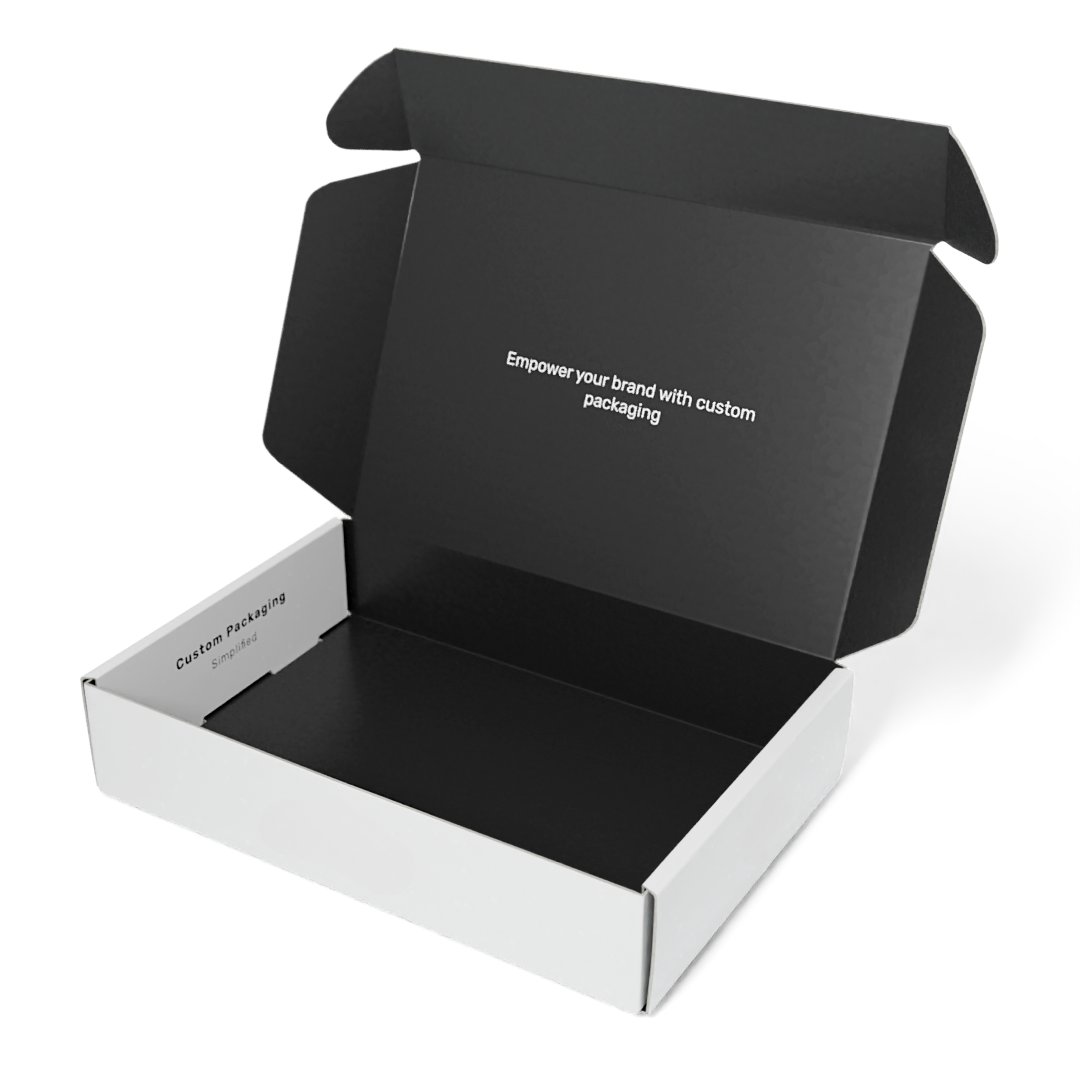
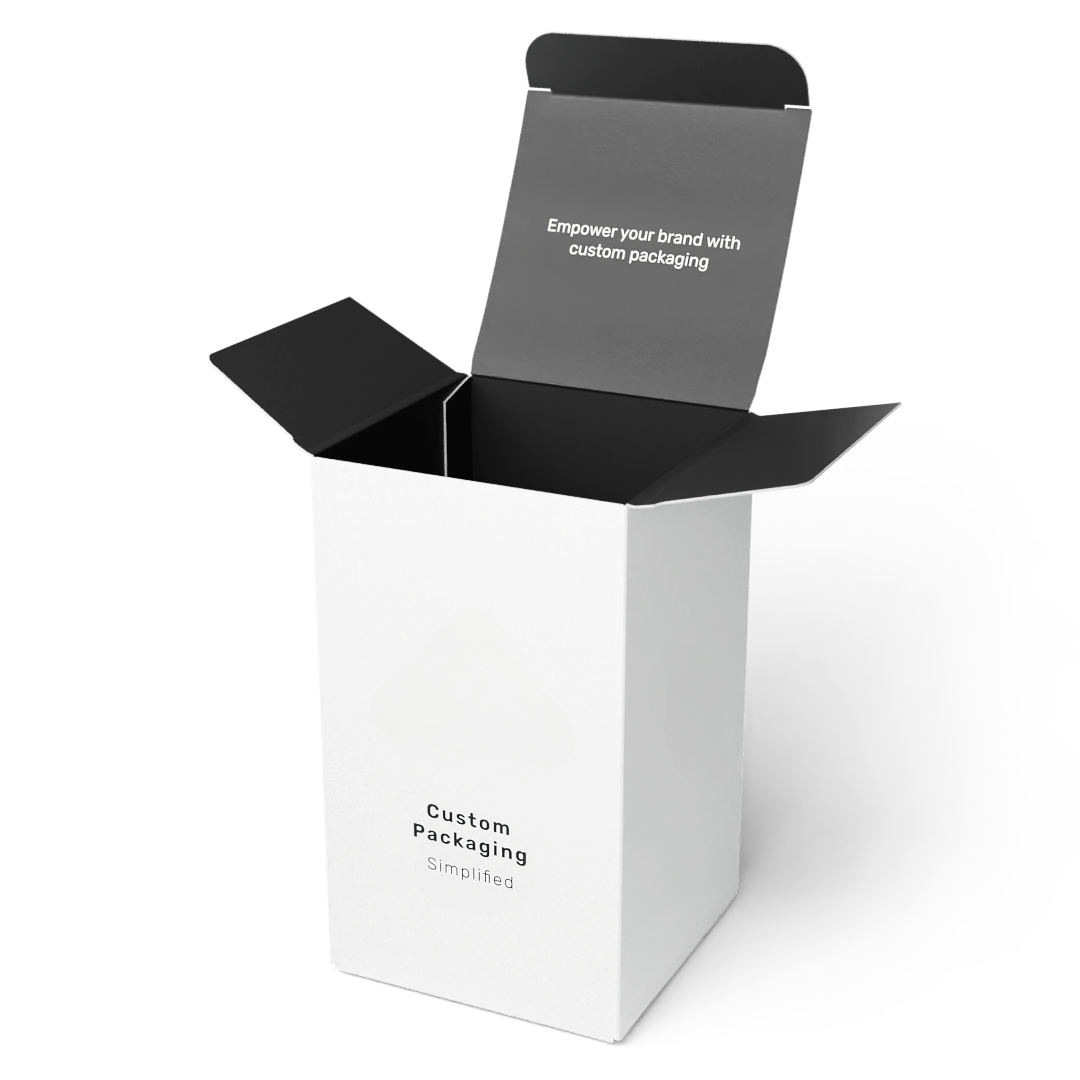
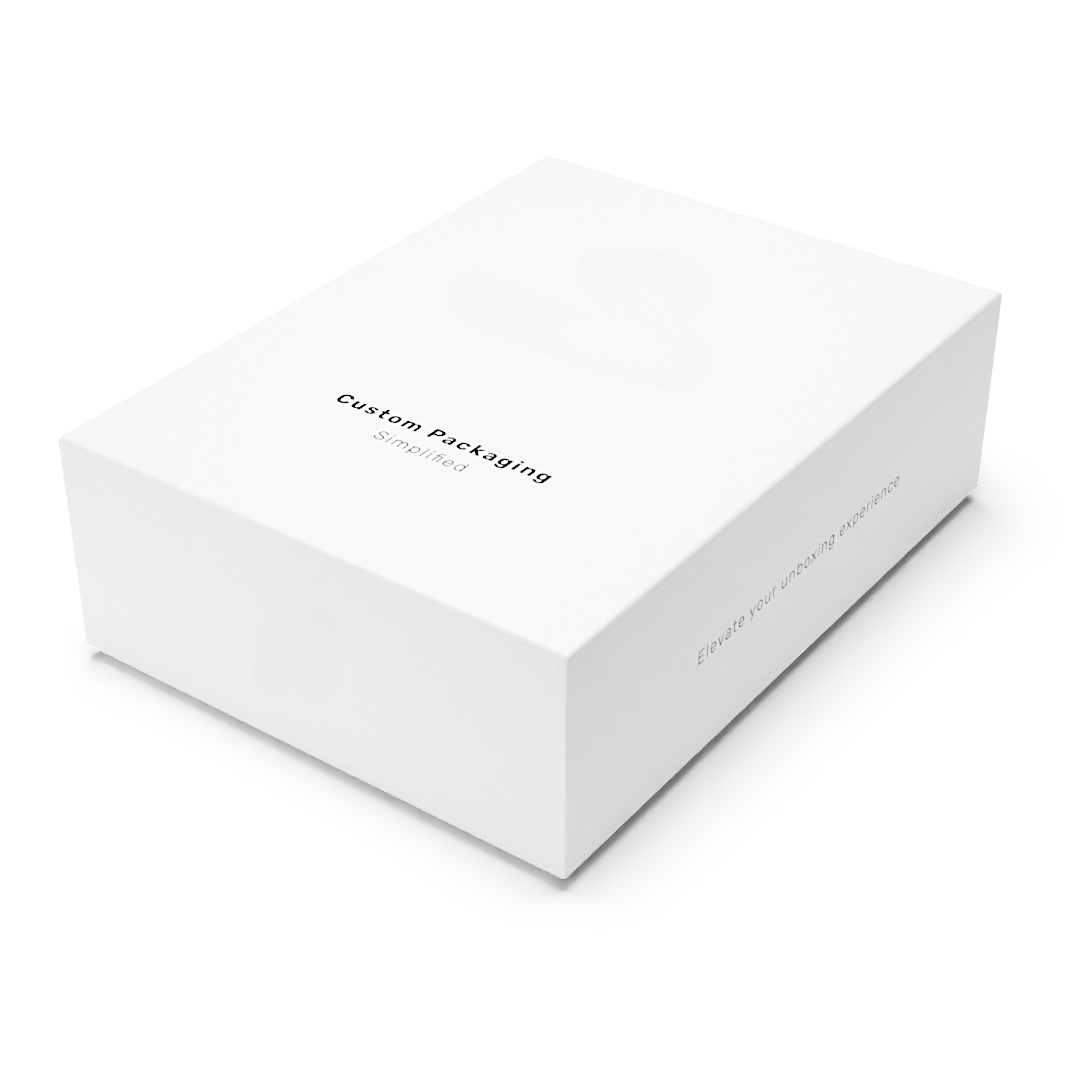
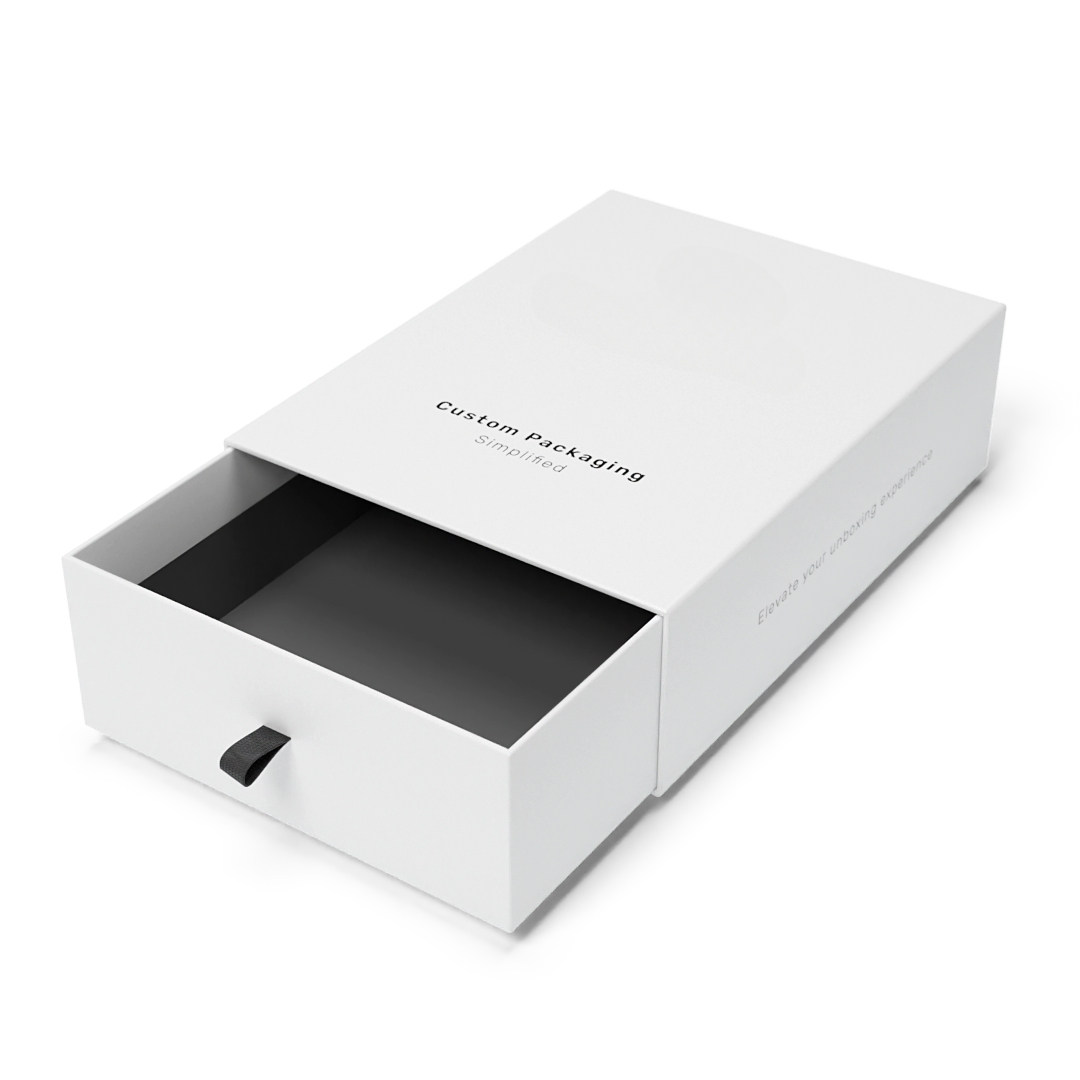
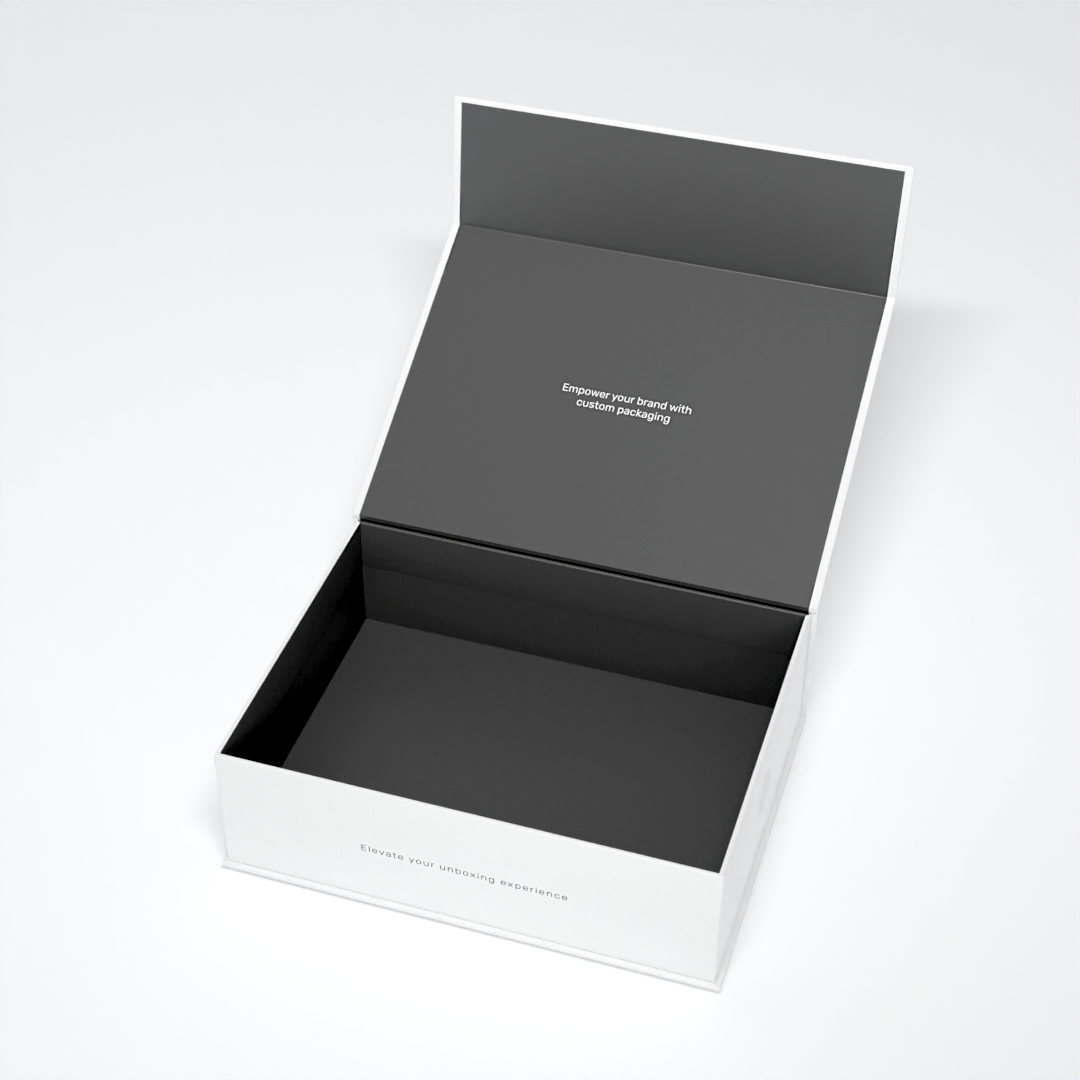
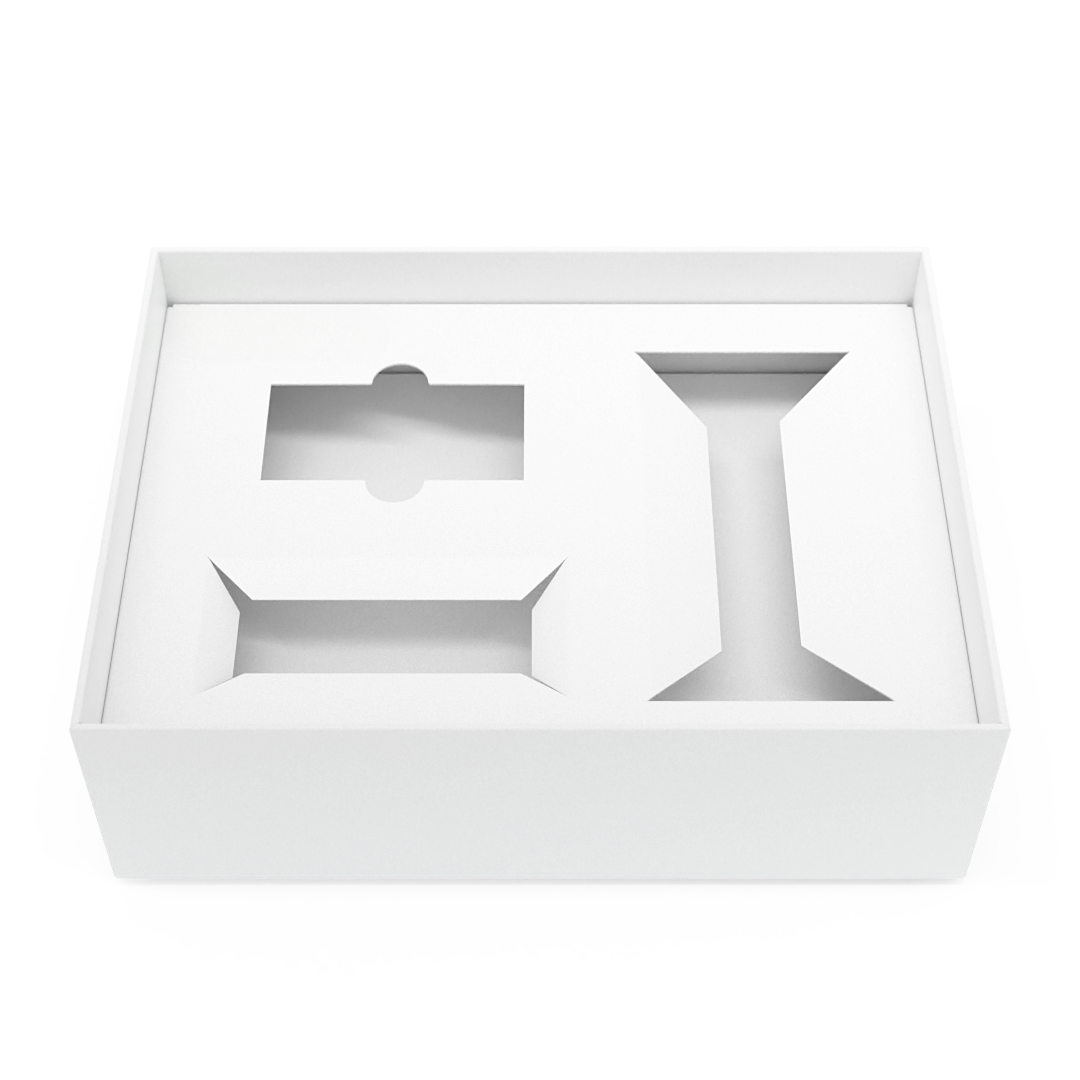
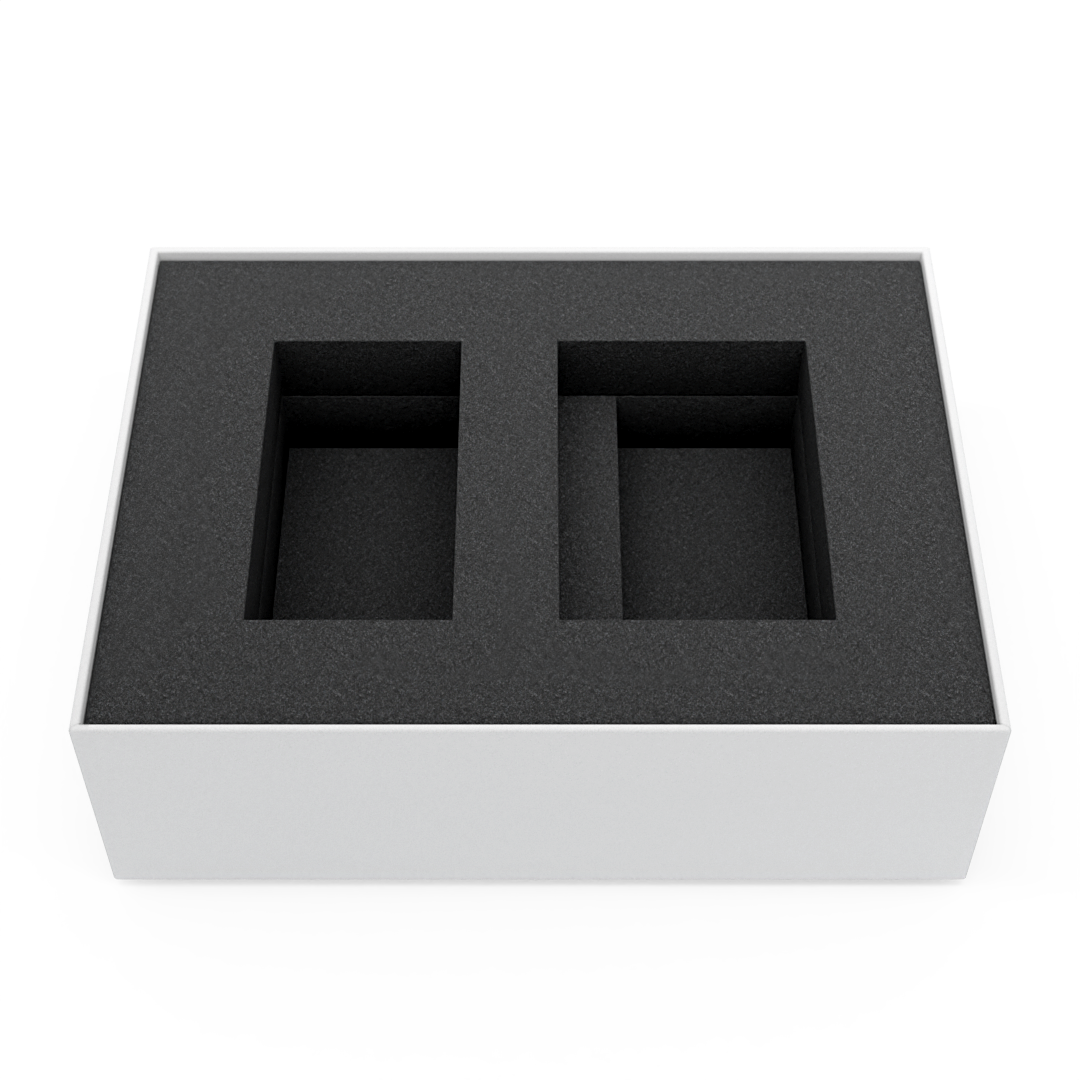
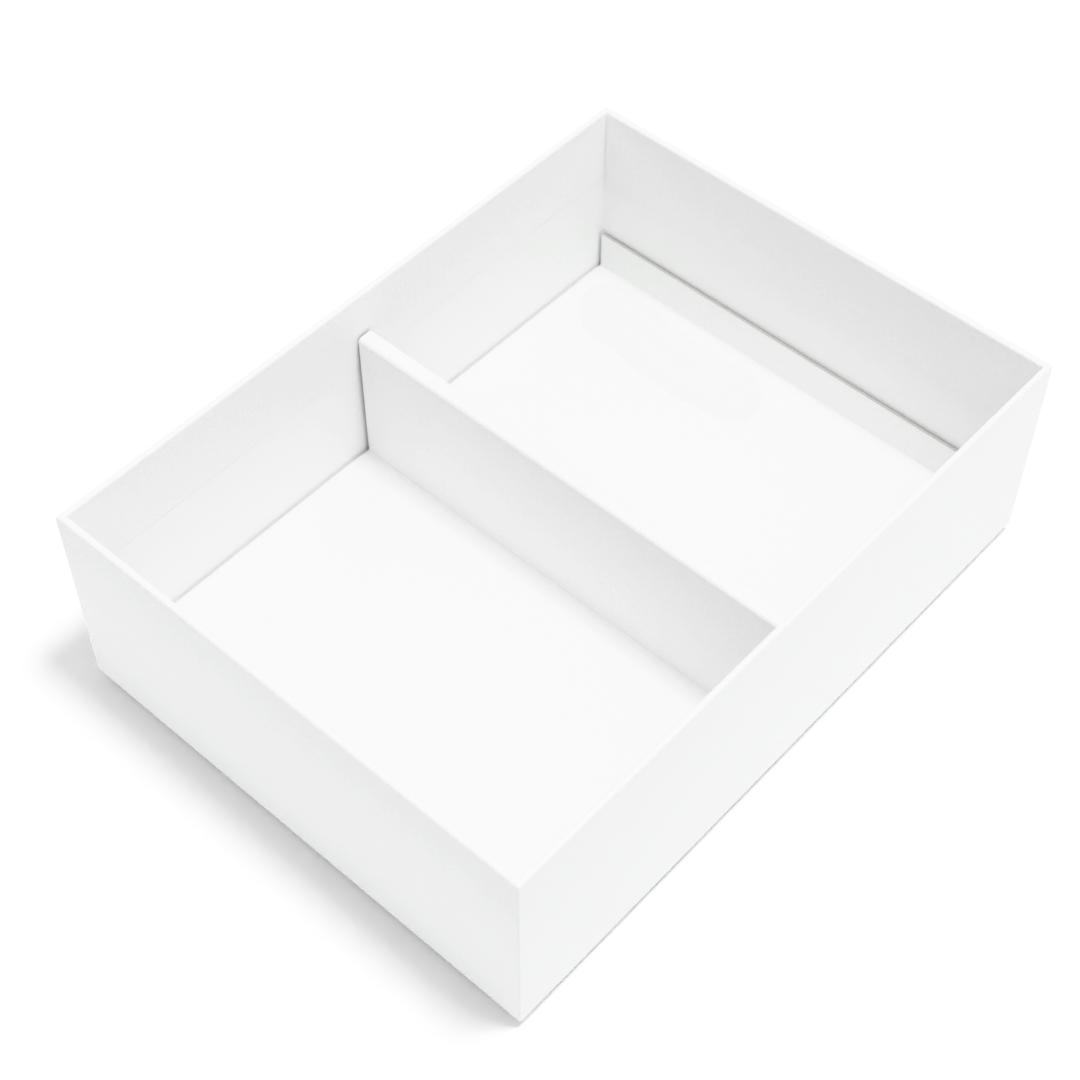
Leave a comment